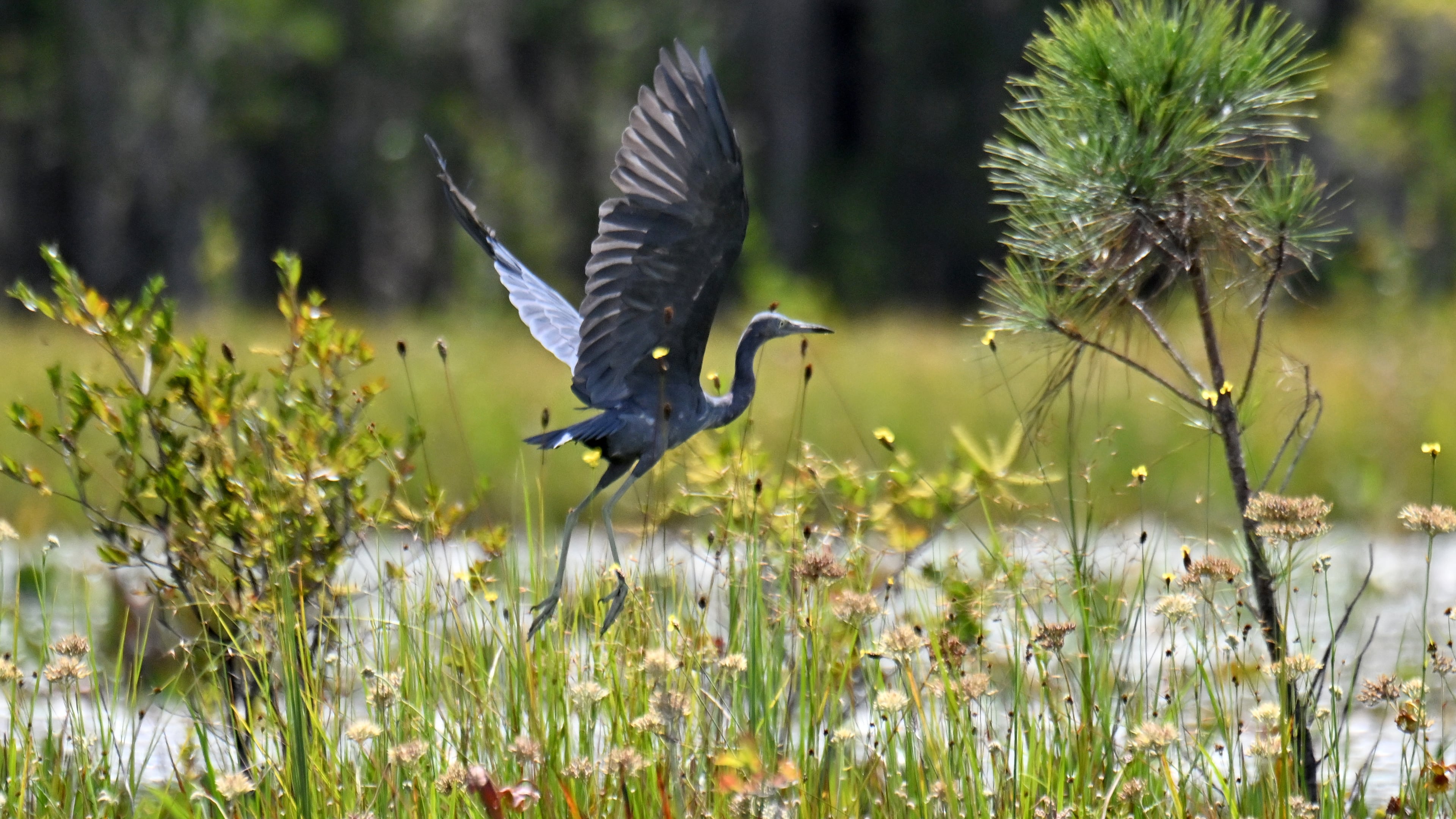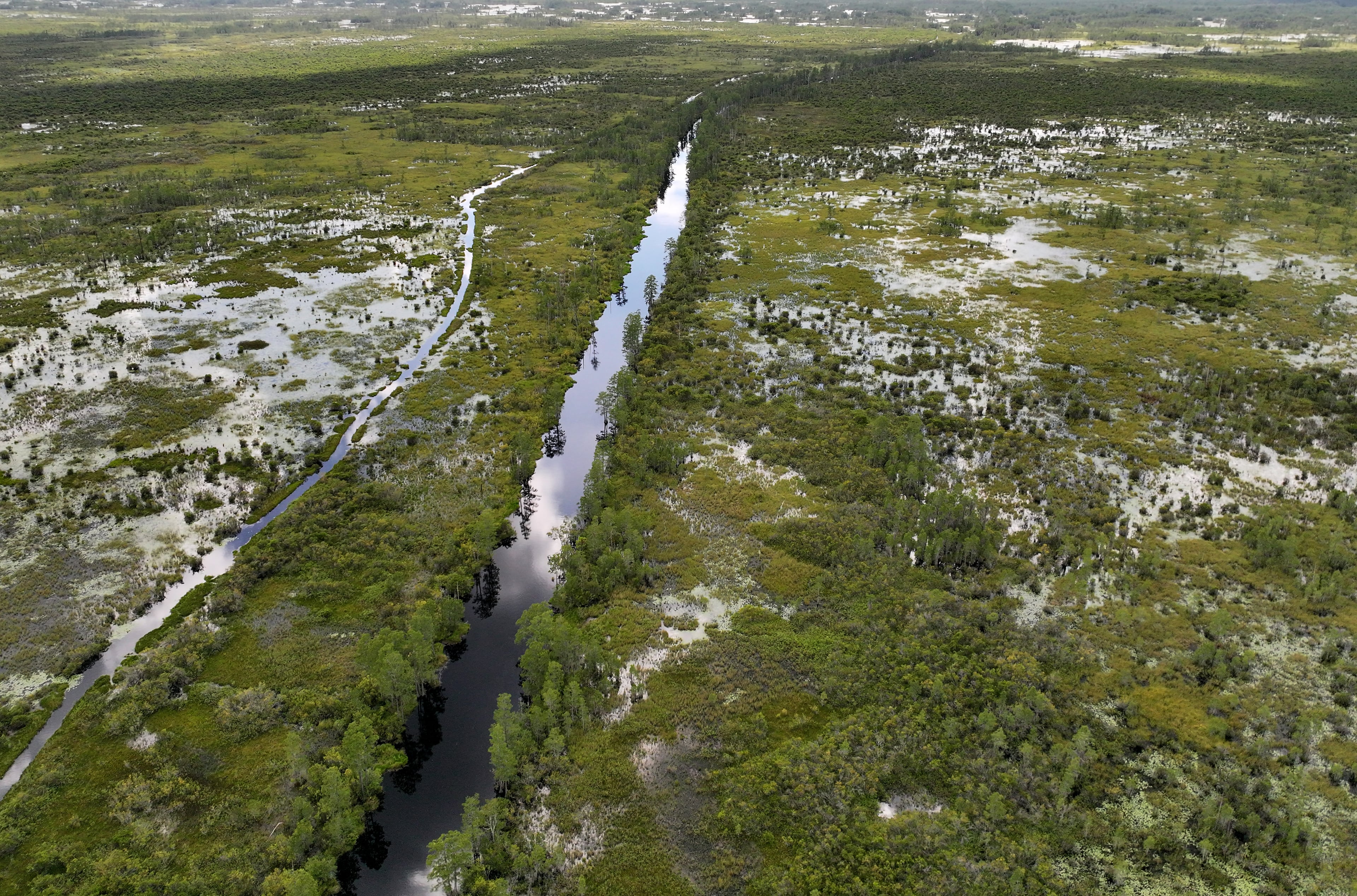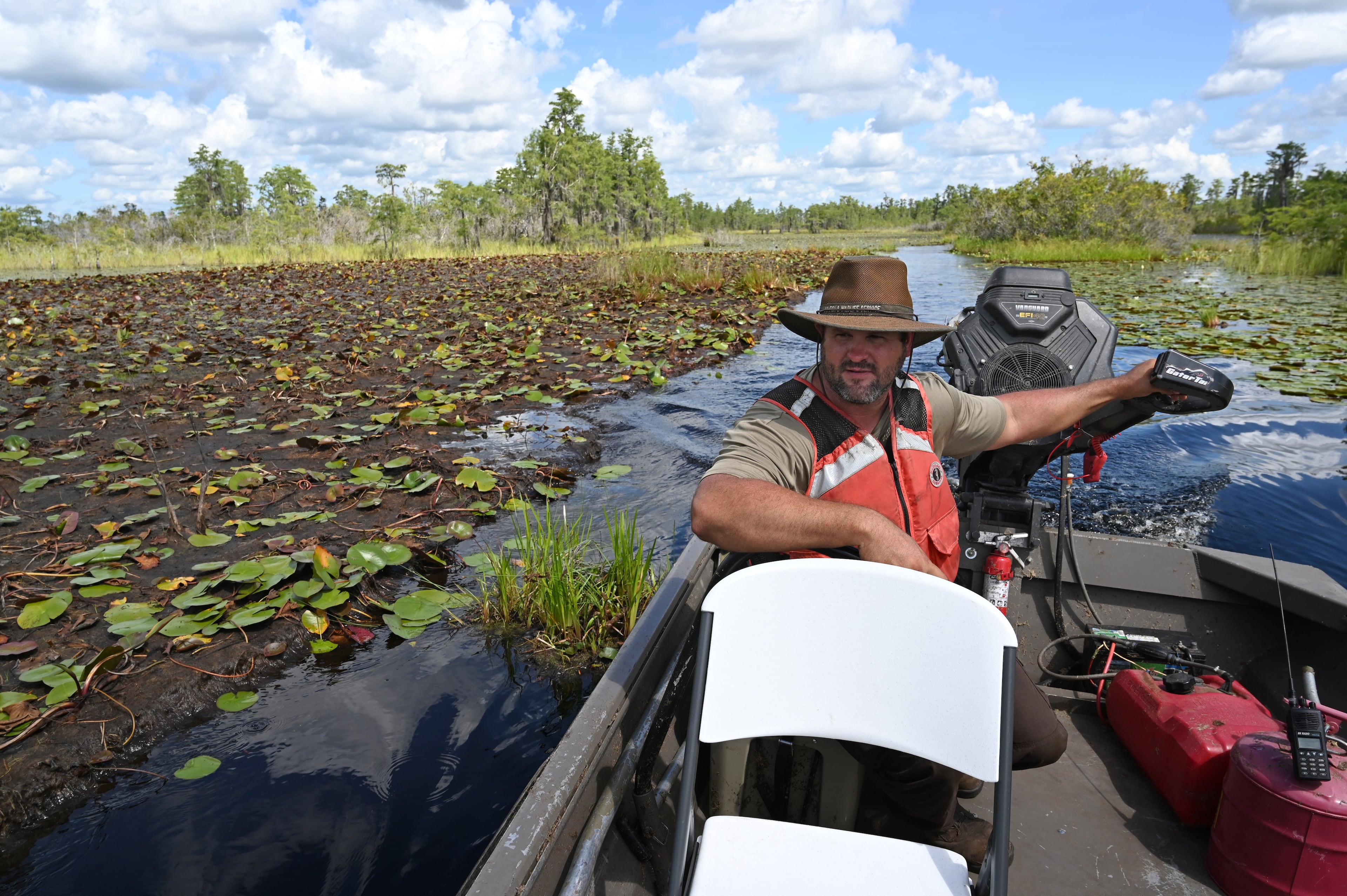Is the Okefenokee World Heritage material? Scientists are trying to find out.

Georgia’s Okefenokee National Wildlife Refuge holds plenty of awe-inspiring distinctions.
At 407,000 acres, it’s the largest national wildlife refuge east of the Mississippi River. It is home to hundreds of types of plants and animals, including threatened and endangered species. It holds millions of tons of decayed vegetation known as peat, keeping carbon that could potentially warm the planet locked safely away.
But will all that be enough to earn the Okefenokee a spot on the prestigious UNESCO World Heritage List?
This week, a group of international scientists visited the swamp to examine its ecological wonders, a key step that will help determine whether it makes it on the exclusive list.
After being wait-listed as a “tentative” World Heritage nominee since 1982, the Okefenokee was officially nominated late last year. The bid was submitted in the waning days of President Joe Biden’s term, but President Donald Trump’s administration has so far indicated it supports the nomination, too.
If selected, the Okefenokee would be the U.S.’ 27th World Heritage site, and the first National Wildlife Refuge on the list. To join places like the Grand Canyon, the Statue of Liberty and the Everglades, the Okefenokee must prove it has “outstanding universal value,” according to the World Heritage selection criteria.
A high bar
The experts who visited the swamp this week were sent by the International Union for Conservation of Nature, a global coalition of government agencies, academic institutions and other groups focused on conservation. On top of its scientific research and conservation policy work, the IUCN is an official adviser to the World Heritage Committee, and its members evaluate natural sites nominated to the list.
The scientists who conducted the assessment are Doris Cordero, a tropical forester and member of the IUCN’s Commission on Ecosystem Management, and Tobias Salathé, a biologist and wetlands expert contracted by IUCN.
To discern whether the swamp meets the lofty World Heritage standards, they said they were looking at the integrity of the ecosystem — how well-preserved it is. Size also matters. Salathé said there are similar swamps in the Southeast’s coastal plain, but most are smaller than the Okefenokee.
“Its (size) may be outstanding,” he said. “That’s one of the arguments we would like to clarify.”

Whether the site is already managed sustainably is critical, too, Salathé said. “The World Heritage (committee) doesn’t want to accept sites that say, ‘We’ll be good once we win,’” he said. “No, you have to be good before you earn World Heritage.”
The pair had a busy five days planned at the swamp.
On Monday, they said they got their first glimpse of the refuge during a boat ride. They also planned to visit the refuge’s upland forests and take a plane over the swamp to get a sense of its scale.
Much of their time was filled with stakeholder meetings, including conversations with the U.S. Fish and Wildlife Service — which manages the refuge — plus local residents and members of the Muscogee (Creek) Nation. The Muscogee people lived in the swamp for thousands of years until they were forcibly removed in the early 1800s.
RaeLynn Butler, a citizen of the tribe and its secretary of culture and humanities, met with the scientists to share her ancestors’ history in the area and convey their support for the nomination.
“We want to honor our ancestors by continuing to help steward this land, even though we have been absent for 200 years,” Butler said.
‘An irreplaceable landscape’
The scientists will offer a recommendation on the Okefenokee’s bid, but it will not be the final word. A separate group of scientists is conducting a parallel review of the nomination.
Both the on-the-ground assessment and other scientists’ desk studies will be weighed next month by an IUCN panel, which will decide whether to recommend the Okefenokee to the World Heritage Committee. The panel could also determine more information is needed before sending it on to that step.

The IUCN is expected to make its recommendation around Thanksgiving. The World Heritage Committee would render a final decision next July when it meets in Busan, South Korea.
The team behind the bid remains confident the Okefenokee belongs among the world’s most-celebrated sites. On top of the recognition, the nominating coalition believes World Heritage status will enhance tourism and provide an economic boost to underserved communities around the swamp.
“The Okefenokee is an irreplaceable landscape shaped by fire, water and time,” said Kim Bednarek, the executive director of Okefenokee Swamp Park and Adventures and one of the nomination’s leaders. “Its global ecological significance makes it truly worthy of World Heritage recognition.
A note of disclosure
This coverage is supported by a partnership with Green South Foundation and Journalism Funding Partners. You can learn more and support our climate reporting by donating at AJC.com/donate/climate.



